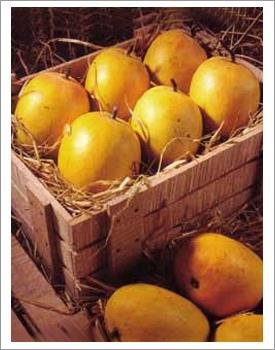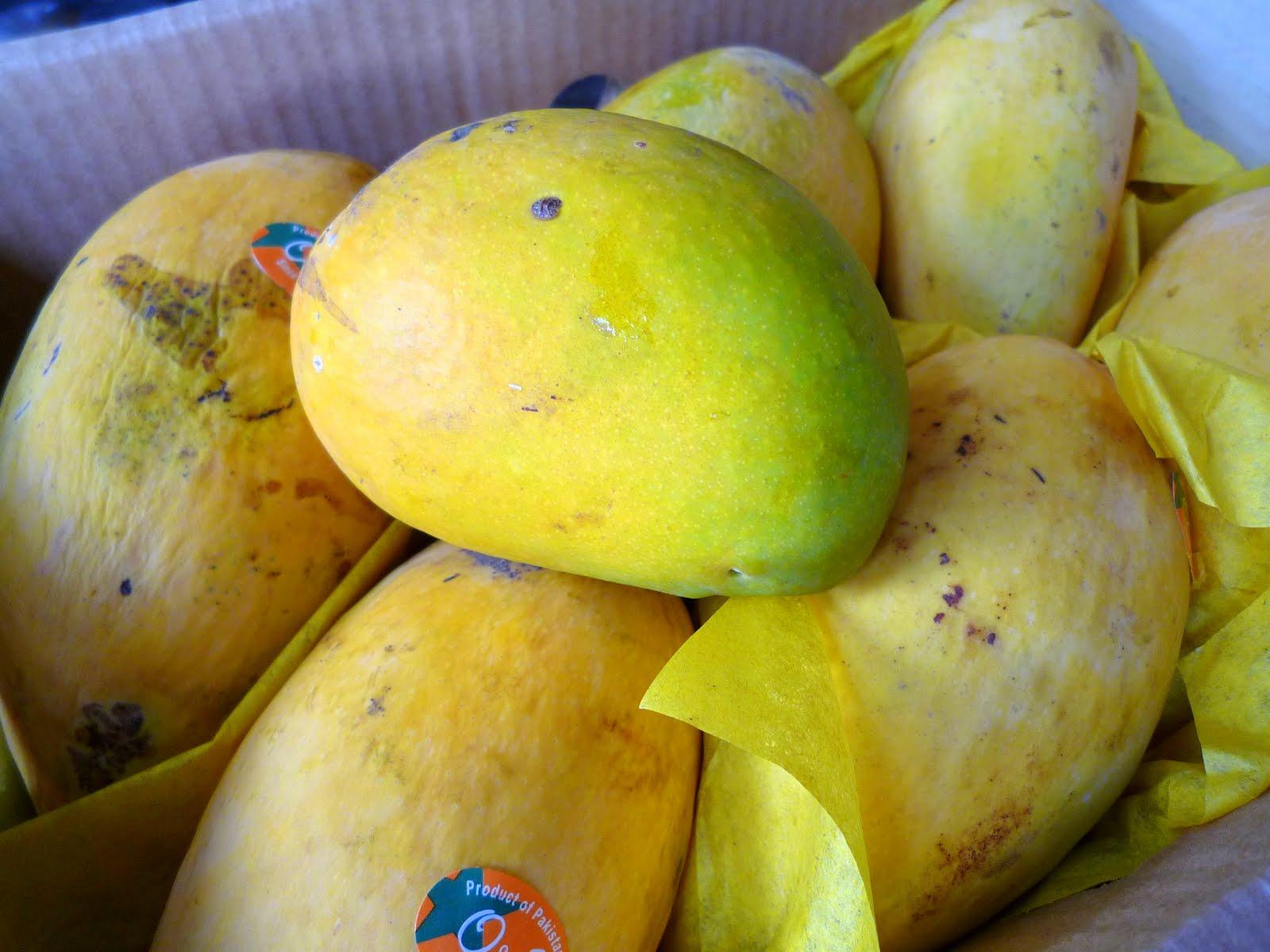After quite a bit a travel (Toronto, Seattle, Vancouver; mostly for conferences and meetings), I'm happy to report that I'm back in my kitchen for a few days. For lunch with my guinea pig colleagues tomorrow, I decided to try something a bit more off-road than the cookbook recipes of the last few posts.
I was flipping through some cookbooks and found a rum-soaked cake that looked interesting. I'd never done anything like that, and introducing alcohol into lunch seemed a lovely idea. I've never made a layer cake, though, and didn't want this to be my first attempt. Cakes are also sort of impractical for our lunch venue, where we have very little in the way of cutlery. So I looked around online for cupcakes as a starting point.
As I've said before, one of my favorite (former) cupcake blogs is Vanilla Garlic. He had a rum-soaked cupcake with dulce de leche icing that sounded delicious. It called for spiced rum, though, which I didn't have. At first I thought I would use coconut rum instead, but then realized I had some leftover vodka that I had infused with Indian mangoes last summer.
Infusing vodka is a really fun thing to do with fruit. Normally I'd throw whole fruit in, but Indian mangoes are a special case. Rather than waste whole precious mangoes, I took all of the pits from a case or so of alphonso mangoes and a couple banganapalis (with the flesh on them still untouched) as I finished eating the rest of the mango, and dropped them in a jar with vodka for a month or so. The result is a nice, sweet vodka that's refreshing with some soda and lime. Or on a cupcake?
Why not? I used a bit of the vodka in the cupcake batter, per the recipe. Then I brushed each cupcake twice with a generous amount of vodka. They're pretty soaked at this point.
These were then topped with an icing made by beating some cream cheese with (canned, sorry) dulce de leche, and then topping with some sliced almonds.
The result is a very moist cake that does taste a bit of vodka, but is mostly just sweet and creamy. I'll let my colleagues pass final judgment, but I confess that I really liked the one I just tasted...
Thursday, February 23, 2012
Saturday, February 4, 2012
A Moment on the Mango
It's truly hard to believe that I've been writing this blog for over a year and haven't dedicated a single post entirely to the mango. Those who know me well will agree with this assessment. I confess to being something of a mangophile, for reasons I can't quite explain. I eat mangoes nearly every day in season, occasionally write exam questions about mango aficionados (don't ask...), and once hosted a mango tasting party with 7 varieties of mango.
Today I had my first Atulfo mango of the year, so it seemed an appropriate time to discuss this most delicious of fruits. Sure, we all know the big reddish green mangoes one finds in the supermarket year round (usually Hayden, Tommy Atkins or apple mangoes). But did you know there are over 250 varieties of mango?! And most of them taste a lot better than the supermarket mangoes. Trust me.
I began to learn about mangoes shortly after I moved to Toronto in 2005. Toronto is hardly tropical, but it's a surprisingly good place to try tropical fruits. First, it's home to lots of immigrants from south and southeast Asia, which are both tropical and boast delicious mangoes. Second, Canada is not suitable for any warm-weather crops (because, well, it's cold), so its import restrictions on fruits are more lax than in the US (there's a diplomatic angle to this too, but the given reason is usually concern about pests). That means mangoes can come to Toronto from all over the world. And they do.
The most common among these is the atulfo (sometimes called 'champagne') mango, which are also fairly readily available in the US (though sometimes with a shorter season). These are yellow and somewhat kidney-shaped, and are in season usually from February until September or so. They have a pronounced tang, are very sweet, have a custard-like texture with few fibers, and a fairly flat pit. As an everyday mango, these are affordable (usually $.75 - $2 per mango) and pretty good. I usually eat at least one a day in season, when I'm in a place where they're available.
Come late spring and summer, mangoes begin to arrive from India and Pakistan. These are somewhat more expensive (as they must be shipped by air) and quite a bit harder to find, though good Indian markets usually have them. Until recently, Indian mangoes were banned entirely in the US and I'm fairly certain Pakistani ones still are. Now you can get the Indian ones at good Indian markets in large cities.
The most famous Indian mango is the Alphonso (or Alfonso), sometimes referred to as one of the most sought after fruits in the world. These mangoes are small, round, have a reddish-yellow glow, have a fairly round pit, and smell very sweet. They are available from around April until August. When ripe, the flesh is slightly fibrous though very soft, and the taste is simply sublime. The taste is almost overwhelmingly sweet with a slight tang and a softness that is difficult to describe. These must typically be purchased by the case (6 or 12 per case), with a per-mango price around $2.
Another common Indian mango is the Banganapali. These are quite a bit larger than the alphonso and I often think they taste better. The flesh is creamy, the pit fairly flat, and the taste is a bit less intense, though extremely delicious. Because of their weight, these can be quite expensive ($5-6 per mango!) in North America. They're also fairly delicate, and bruise easily. A wonderful splurge, but hardly an everyday mango if you don't live near the source.
I know less about Pakistani mangoes, but do enjoy the Chaunsa or Honey mango. These are available from June (when I'm told they're best) until September. They also bruise extremely easily (which affects their taste) and are not always in wonderful shape when they arrive here. When they do arrive in good shape, though, they're delicious. Milder than the Alphonso or Banganapali, but with a bit more of a sophisticated taste than the Atulfo (hard to describe, but it's there).
There's also a mango that I don't know the name of that is from Haiti and shows up in Chinatown every January. The skin is green even when ripe, the shape is oblong, and the flesh is a bright, dark-ish orange. They are usually extremely fibrous, but nearly as sweet as the Atulfo. As an out-of-season mango, these are a good reminder of what is to come. I wouldn't want one in the summer, though.
There are also a wide range of Thai mangoes, one of which makes it to Toronto each year. This mango is dark green with a sweet, mild yellow flesh. These are extremely expensive -- usually $4-5 per fruit -- and, in my opinion, not worth it.
It also bears mentioning that unripe (green) mangoes are commonly used in Asian cooking and snacking, and widely available in good Asian or Indian markets. Unripe mangoes are crunchy and tart, but can be delicious as a salad (like a SE Asian papaya salad), as a snack with some chile salt and lime, or in an Indian curry. I often wish these were easier to come by in US supermarkets.
Happy mango eating!
Today I had my first Atulfo mango of the year, so it seemed an appropriate time to discuss this most delicious of fruits. Sure, we all know the big reddish green mangoes one finds in the supermarket year round (usually Hayden, Tommy Atkins or apple mangoes). But did you know there are over 250 varieties of mango?! And most of them taste a lot better than the supermarket mangoes. Trust me.
I began to learn about mangoes shortly after I moved to Toronto in 2005. Toronto is hardly tropical, but it's a surprisingly good place to try tropical fruits. First, it's home to lots of immigrants from south and southeast Asia, which are both tropical and boast delicious mangoes. Second, Canada is not suitable for any warm-weather crops (because, well, it's cold), so its import restrictions on fruits are more lax than in the US (there's a diplomatic angle to this too, but the given reason is usually concern about pests). That means mangoes can come to Toronto from all over the world. And they do.
 |
| Atulfo Mango |
The most common among these is the atulfo (sometimes called 'champagne') mango, which are also fairly readily available in the US (though sometimes with a shorter season). These are yellow and somewhat kidney-shaped, and are in season usually from February until September or so. They have a pronounced tang, are very sweet, have a custard-like texture with few fibers, and a fairly flat pit. As an everyday mango, these are affordable (usually $.75 - $2 per mango) and pretty good. I usually eat at least one a day in season, when I'm in a place where they're available.
Come late spring and summer, mangoes begin to arrive from India and Pakistan. These are somewhat more expensive (as they must be shipped by air) and quite a bit harder to find, though good Indian markets usually have them. Until recently, Indian mangoes were banned entirely in the US and I'm fairly certain Pakistani ones still are. Now you can get the Indian ones at good Indian markets in large cities.
 |
| Alfonso Mangoes |
 |
| Banganapali Mangoes |
I know less about Pakistani mangoes, but do enjoy the Chaunsa or Honey mango. These are available from June (when I'm told they're best) until September. They also bruise extremely easily (which affects their taste) and are not always in wonderful shape when they arrive here. When they do arrive in good shape, though, they're delicious. Milder than the Alphonso or Banganapali, but with a bit more of a sophisticated taste than the Atulfo (hard to describe, but it's there).
 |
| Chaunsa Mangoes |
There's also a mango that I don't know the name of that is from Haiti and shows up in Chinatown every January. The skin is green even when ripe, the shape is oblong, and the flesh is a bright, dark-ish orange. They are usually extremely fibrous, but nearly as sweet as the Atulfo. As an out-of-season mango, these are a good reminder of what is to come. I wouldn't want one in the summer, though.
There are also a wide range of Thai mangoes, one of which makes it to Toronto each year. This mango is dark green with a sweet, mild yellow flesh. These are extremely expensive -- usually $4-5 per fruit -- and, in my opinion, not worth it.
It also bears mentioning that unripe (green) mangoes are commonly used in Asian cooking and snacking, and widely available in good Asian or Indian markets. Unripe mangoes are crunchy and tart, but can be delicious as a salad (like a SE Asian papaya salad), as a snack with some chile salt and lime, or in an Indian curry. I often wish these were easier to come by in US supermarkets.
Happy mango eating!
Subscribe to:
Comments (Atom)
